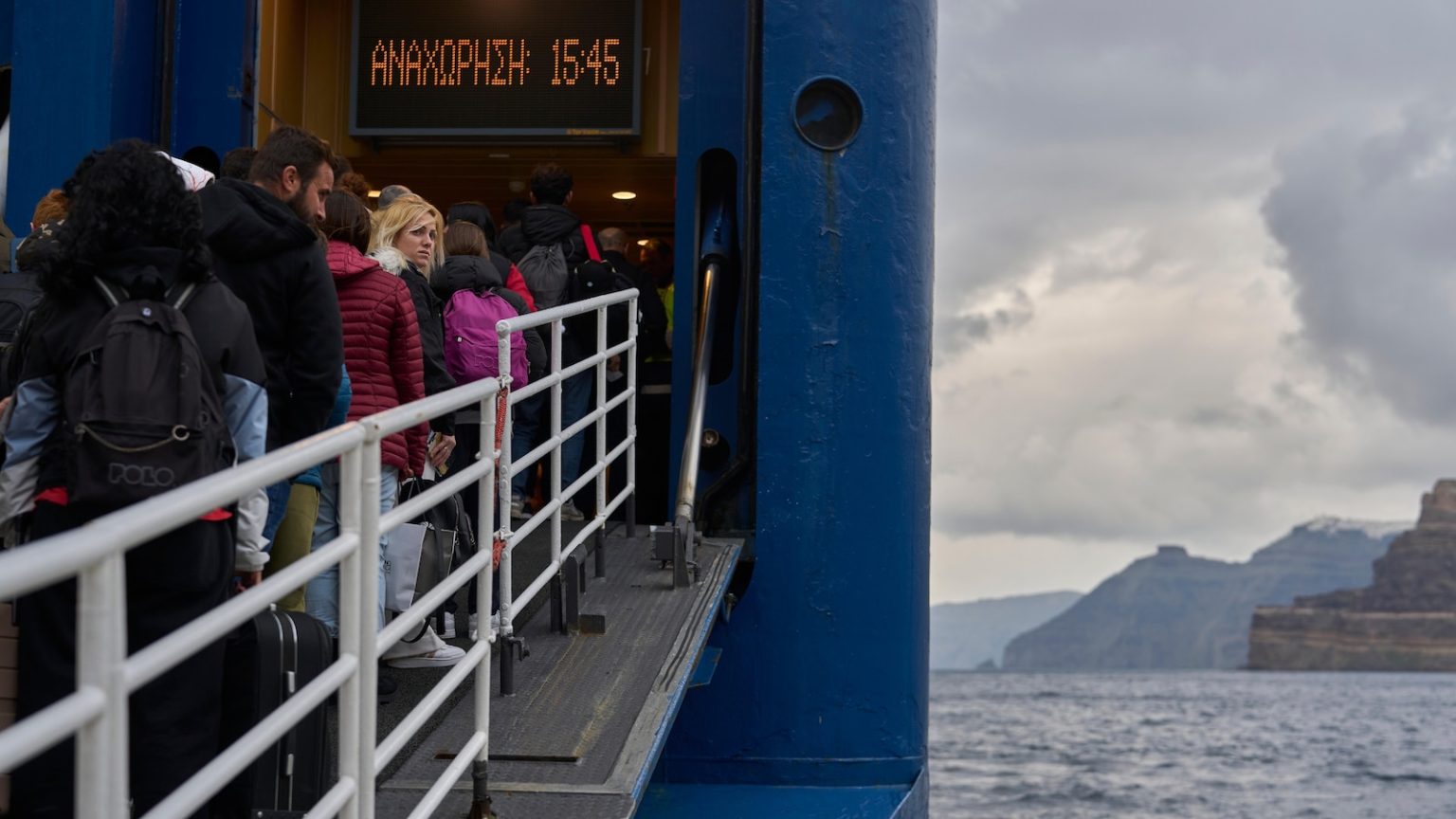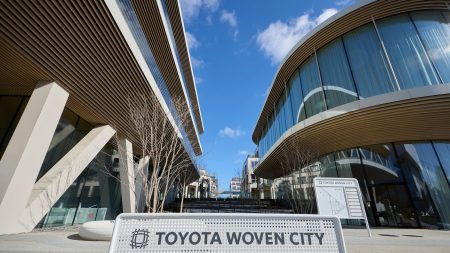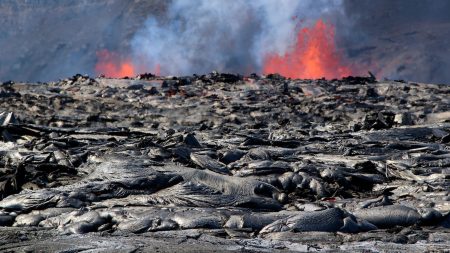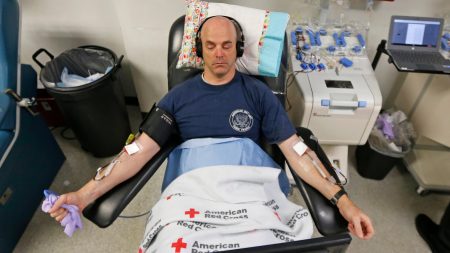Athens, Greece: PM Mitsotakis Visits Earthquake-Hit Santorini Amidst Heightened Seismic Activity
Introduction to the Crisis in Santorini
The picturesque Greek island of Santorini, renowned for its whitewashed buildings, azure-domed churches, and stunning sunsets, has recently found itself at the epicenter of a geological crisis. A series of powerful earthquakes, coupled with increased seismic activity, has shaken the island, prompting urgent measures from the Greek government. On Friday, Greek Prime Minister Kyriakos Mitsotakis paid a visit to the earthquake-stricken island to assess the situation firsthand and announce crucial support for the affected communities. This visit comes as Santorini, along with three neighboring islands, has been experiencing an unprecedented level of seismic activity, leading to widespread concern among residents, tourists, and local authorities.
Prime Minister Mitsotakis’s Visit and Support Measures
During his visit, Prime Minister Mitsotakis inspected emergency response facilities to evaluate the island’s preparedness for potential future earthquakes. Acknowledging the gravity of the situation, he announced a funding package of 3 million euros (approximately $3.1 million) aimed at constructing an emergency evacuation route in the southern part of the island. This strategic investment is designed to enhance the safety and accessibility of evacuation routes, ensuring that residents and visitors can exit the island swiftly and safely during emergencies. Mitsotakis emphasized the government’s proactive approach, stating, "We are preparing for the worst while hoping for the best. That’s what a serious and organized state must do."
Heightened Seismic Activity and Precautionary Measures
The recent surge in seismic activity, including earthquakes as strong as magnitude 5.2, has prompted local authorities to implement a series of precautionary measures. These include restricting traffic in areas deemed vulnerable to rockslides and landslides, which pose a significant threat to both life and property. Additionally, army trucks have been deployed to deliver electricity generators to the island, ensuring that essential services remain operational during this critical period. Rescuers were also stationed on the island earlier in the week to assist with emergency operations and provide support to affected communities.
The Ongoing Seismic Swarm and Its Implications
Scientists and seismologists are closely monitoring the ongoing seismic swarm, which has been affecting Santorini and three nearby islands. While the earthquakes have caused minimal structural damage so far, they have led to widespread disruption, including the closure of schools and the imposition of limited emergency measures. A significant challenge for experts is determining whether this swarm of earthquakes could culminate in a more powerful and destructive event. Although the seismic activity has been ruled out as being related to volcanic activity in the Aegean Sea, the unpredictability of earthquakes leaves authorities and residents on high alert.
Mass Evacuation and the State of Emergency
The earthquake activity has triggered a mass exodus from the island, with thousands of residents, tourists, and seasonal workers opting to evacuate to the Greek mainland by ferry. This decision reflects the heightened sense of unease and uncertainty among those affected by the earthquakes. In response to the crisis, the Greek government declared a state of emergency on the eve of Mitsotakis’s visit, enabling authorities to access state resources more swiftly and efficiently. This declaration underscores the government’s recognition of the severity of the situation and its commitment to safeguarding the well-being of all individuals affected.
Community Resilience and Long-Term Implications
Despite the challenges posed by the earthquakes, the community in Santorini has demonstrated remarkable resilience and solidarity. Local officials, emergency responders, and residents have worked tirelessly to ensure safety and maintain a sense of normalcy amidst the turbulence. However, the long-term implications of the seismic activity remain a pressing concern. The exodus of residents and tourists has raised questions about the economic impact on the island, which heavily relies on tourism as a primary source of income. As the situation continues to unfold, the Greek government and local authorities will need to strike a balance between immediate crisis management and long-term planning to ensure the island’s recovery and sustainability.















